Affiliate Disclosure: We earn a commission if you purchase through one of our links at no additional cost to you.
Photography frustrations are inevitable when you first pick up a camera, or advance to new aspects of your photography. This isn’t a natural act. We aren’t born with an innate understanding of how to operate a camera, compose a scene or post process a photo.
Yet some folks give up – I think prematurely – when faced with the adversity of learning some new technical skill.
In this episode, Lee and I discuss some of our photography frustrations and how we dealt with them. Sometimes successfully and sometimes not.
You aren’t in this alone.
Everything You Learn Starts with Frustration
We learn many of the basics in life while still very young. I think there’s a lot less frustration when you’re a kid. Everything is new, so learning all the stuff you don’t know is actually kind of comfortable.
You’re always learning.
When you try learning as an adult, it’s a bit more frustrating to deal with your own ignorance. There’s this notion that you’re somehow stupid if you can’t understand something that a person half your age learned how to do.
Try to move past that response.
You’re entirely capable of learning photography, lighting, post processing and much more. You can learn to play guitar at 60 if you want. There’s just an adjustment period to endure before things start to click in your mind.
Your photography frustration is just a gate you have to pass on your way to achieve the goals you had in mind.
Remember, nobody really wants to learn how to use a camera or a flash. Nobody wants to learn how to use Photoshop. The end result of a beautiful photograph is what we want. All that other stuff is just between you and your result.
If the result matters to you, then you can deal with your photography frustration temporarily.
It’s Not What You Want to Learn – It’s Why You Need to Learn
If you start with the end in mind, you can save yourself a lot of time and money.
If you want to be a landscape photographer, then you don’t need to learn the same things a portrait photographer should know.
That doesn’t mean you don’t need an understanding of how to use a flash, because that may come in handy to highlight a subject in your scene. However, you don’t need to learn about a lot of studio lighting or how to soften skin in Photoshop.
When you know the result you want to achieve, you can reverse engineer the things that help you get that result.
Think of it this way. The best way to eliminate photography frustration is to filter your options so they match your intended result.
Basic Photography Frustrations
In the podcast recording, Lee recounted a major frustration when she got her first DSLR shortly before going on an expensive vacation to Walt Disney World.
She wanted to get great photos of her daughter during that vacation. Ideally, a DSLR should do a better job than a point and shoot camera.
It didn’t work out that way.
She bought the camera used and it came in a box without a manual. What she didn’t know is that the camera had bracketing enabled, so every photo had a different exposure.
Can you imagine what it’s like trying to enjoy your vacation without even knowing that a concept like bracketing existed, and get photos of your kid at Disney World?
The results were blurry photos, over exposed photos, under exposed photo, too. She had better luck using her mobile phone to get photos for her memories.
The truth is that your camera doesn’t take good photos. You can’t buy your way into creating artistic expression. That comes from you, and only after you’ve learned how to master this stupid little dark box that captures light.
What’s really sad on my part is that I made the same exact mistake on my first date with Lee. We went to the Wild Africa Trek at Walt Disney World’s Animal Kingdom (Lee paid!) and I shot the whole thing with 5-stop bracketing enabled. I should have known better, but still screwed up my shots.
Please don’t tell her I made that mistake.
Basic Lightroom Frustrations
There is an ever-present market for people who teach how to use Lightroom. Even if you’ve used Lightroom for a long time, there are always changes or new strategies that provide more opportunity to learn.
I started using a different application – Apple Aperture. For a long time, I think it was better than Lightroom. In some ways, I still think it was much better at organizing my photos.
However, Apple dropped Aperture after years of allowing it to languish without updates. My hopes dashed, I finally moved to Lightroom.
I’ll never trust Apple again to support a professional software application because it’s such a small part of Apple’s business.
Learning how to use Lightroom wasn’t quite so frustrating for me, since the concepts were familiar. However, Lee had difficulty with it because of the way some people taught Lightroom.
As a very organized person, she really didn’t want to use Lightroom to catalog her photos. All she wanted was to use the Develop module. Unfortunately, her first choices forced her to go through unnecessary lessons in other aspects of Lightroom before she could do what she wanted.
Eventually, she pieced things together from Lightroom videos on YouTube instead of learning from a professional Lightroom instructor.
That was the right method for her. It goes back to understanding what you want to learn in order to achieve your result. There are a lot of people who will teach you a Lightroom system. If that’s what you need, great.
If not, carve out your own path and forget the rest. There’s no law that says you have to do everything that Lightroom offers.
Basic Flash Frustrations
There is a frequently perpetuated myth in the photography world that Flash is artificial light. That’s untrue. All light is natural.
Yet you will hear experienced and talented photographers refer to artificial light and natural light, as if one was inferior to the other.
When you take your first photo with a flash, it probably looks like a disaster. That supports the myth, doesn’t it?
Light has a number of properties that you need to understand. You have limited control over available or ambient light, but you have complete control over light from a flash.
Once you accept that basic premise, you stop worrying about stupid myths and start thinking that this is something you truly can control.
A flash just delivers a burst of white light. You can change the amount of light it delivers. Also, you can change the direction of light. Then you can change the color of light, using gels or bouncing it off a wall or reflector with a color cast. You can change the quality of light from hard to soft using light modifiers.
Put an unmodified flash on top of your camera and you have a recipe to document a subject. No art, no finesse, just a photo that shows the subject – assuming your exposure is correct.
The way to stop being frustrated with flash is just to understand how light works. By modifying the characteristics I just mentioned, you can make light from your flash work any way you want.
Basic HDR Frustrations
HDR was a fad, but it still has a place in photography. The idea is to take several different exposures and combine them in such a way as to provide more detail in the highlights and shadows than you would typically find in a single exposure.
Early HDR software did this, but it kind of sucked. We had a lot of bad HDR with a grungy look, black clouds and halos around objects.
To get around that, I used to process my HDR image in Photomatix and then bring that image and the original exposures into Photoshop as different layers.
Then I’d use a layer mask to include bits of the original exposures to create a better, more natural looking photograph. It was a tedious process.
Now I just use Aurora HDR from Skylum. They worked out a lot of the kinks and make a much better result, plus it provides tools to use in post processing the final image.
A lot of people spent time and money learning HDR (and I’m one of them) because it was the cool thing to do. Now it’s mostly a tool for interior architecture photos and a few die-hard fans of the technique.
Photography fads will come and go. It’s not a bad thing to test them out if they serve your purpose. Just keep in mind what I said earlier.
Start with the end result in mind.
Don’t Let Photography Frustrations Ruin Things for You
I would love to know what photography frustrations you’re experiencing. Please leave a note in the comments. If I can’t help you directly, perhaps I can refer you to a resource to help solve your problem.
There’s a wonderful world of photography results waiting for you, as long as you press through the frustrations.
Subscribe to I Like Your Picture
Thank you for listening to I Like Your Picture. Make sure you get every episode by subscribing. You can find more subscription options on the player above. Just click the three dots inside the circle on the right side of the player and look in the Subscribe option.

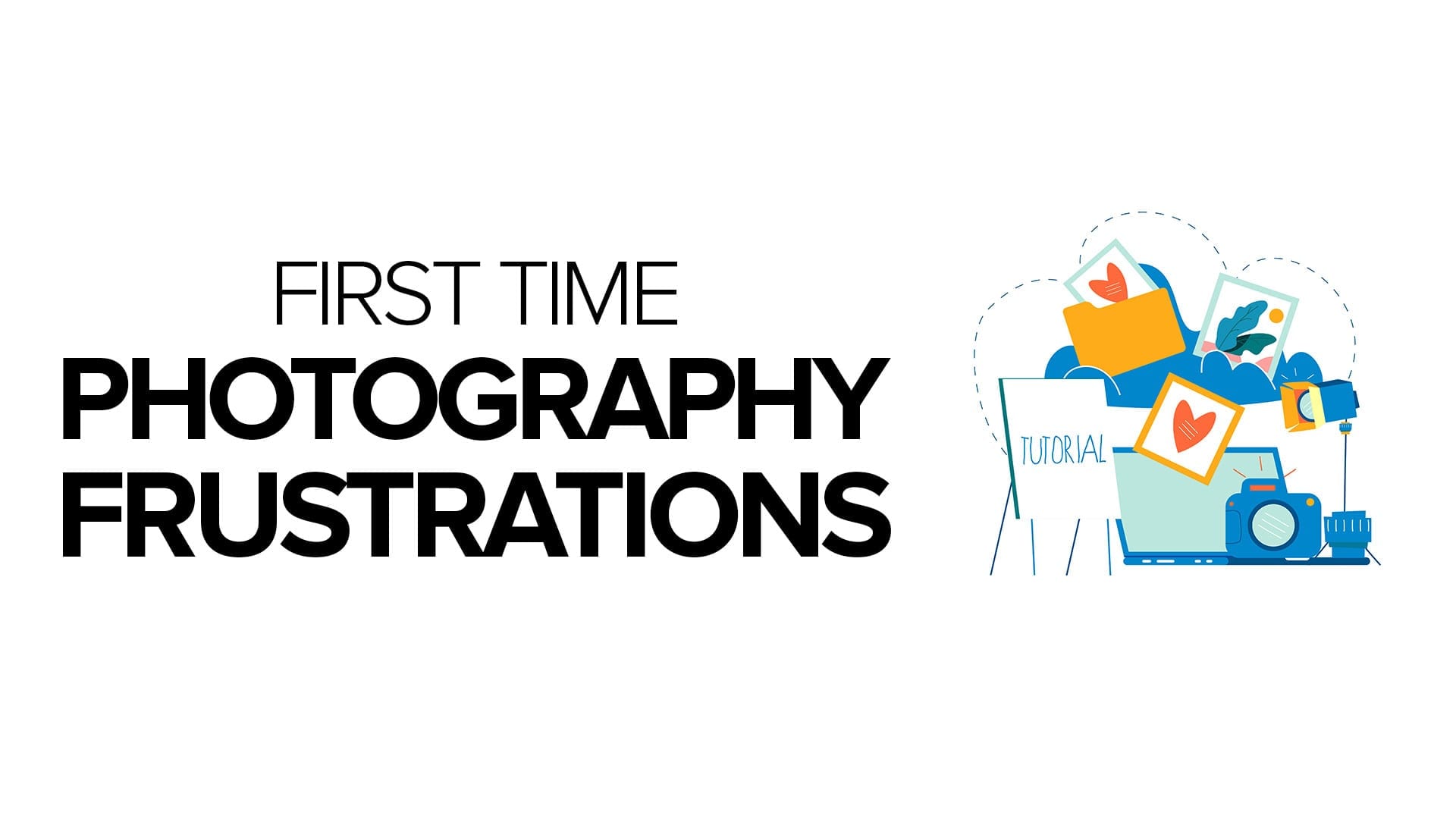
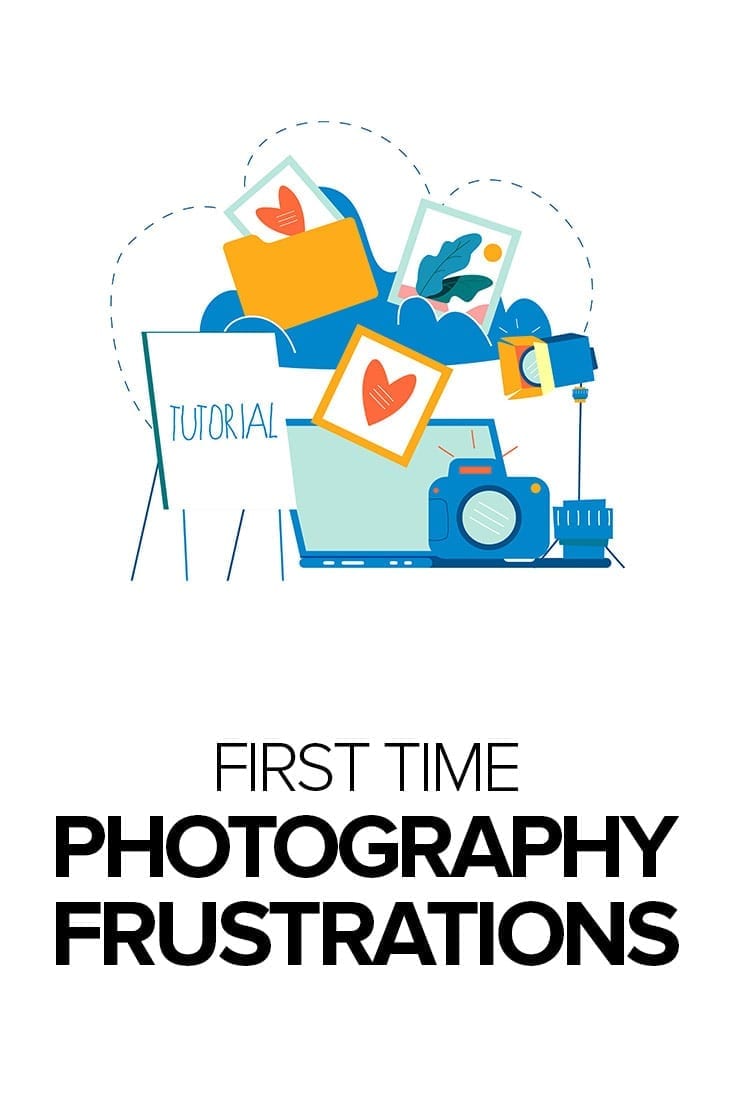
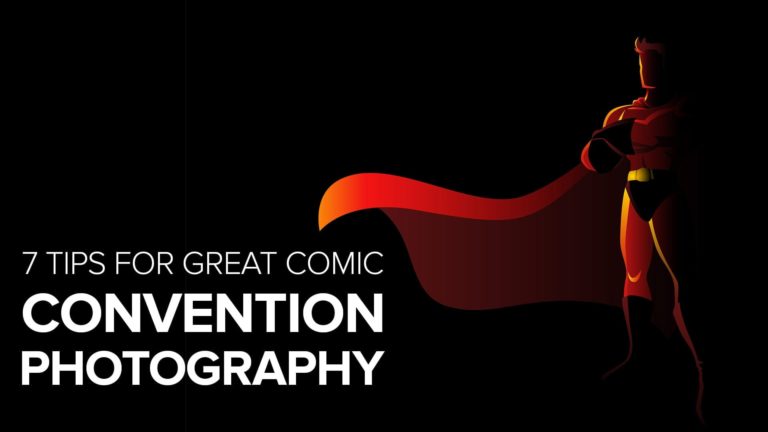
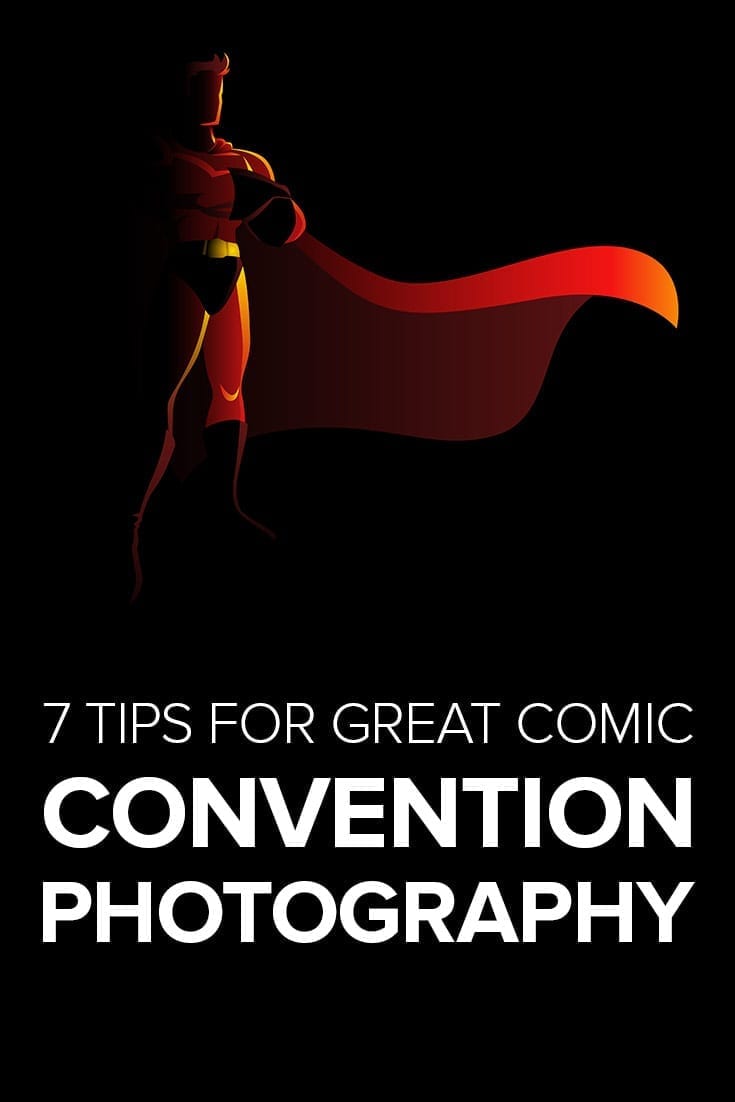
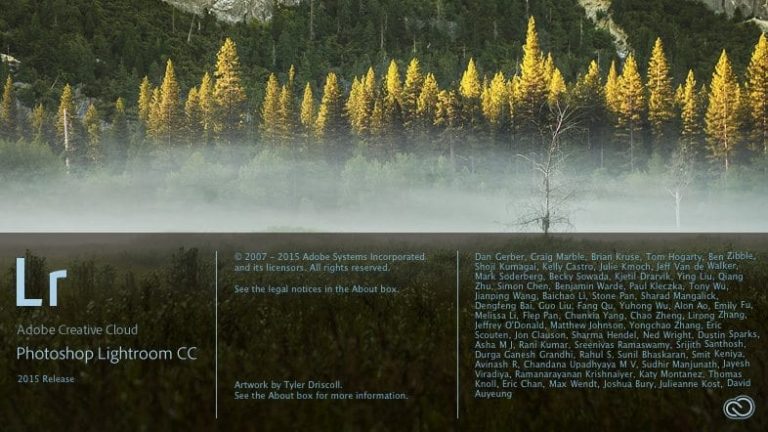
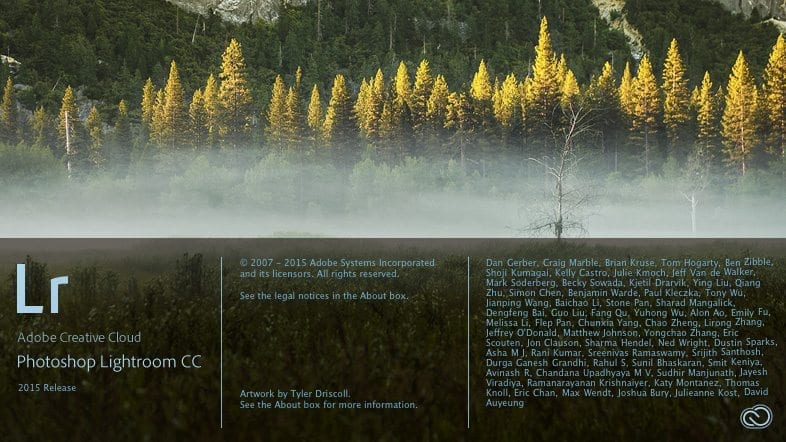
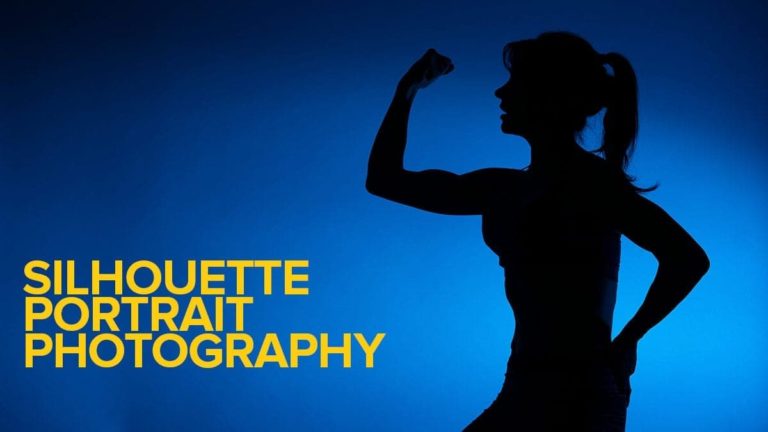
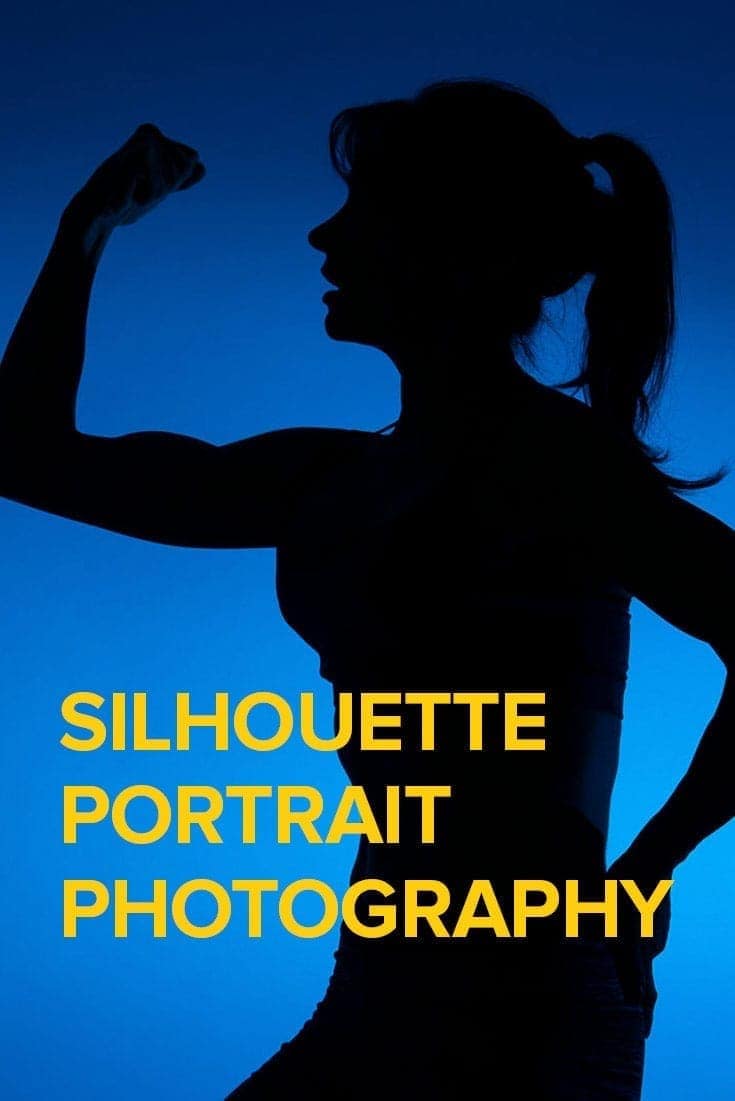


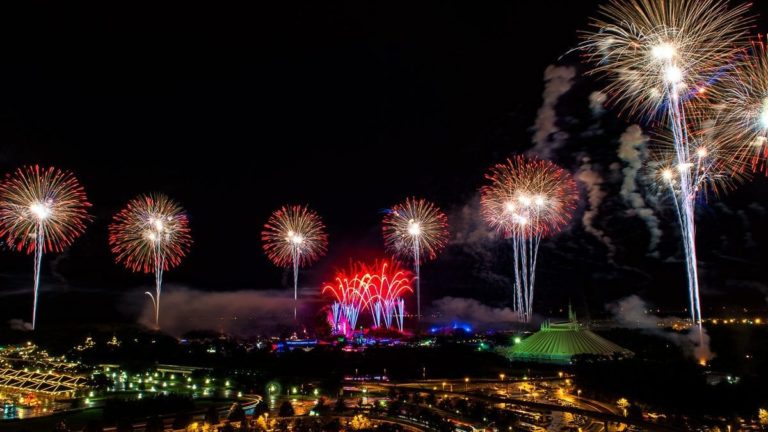
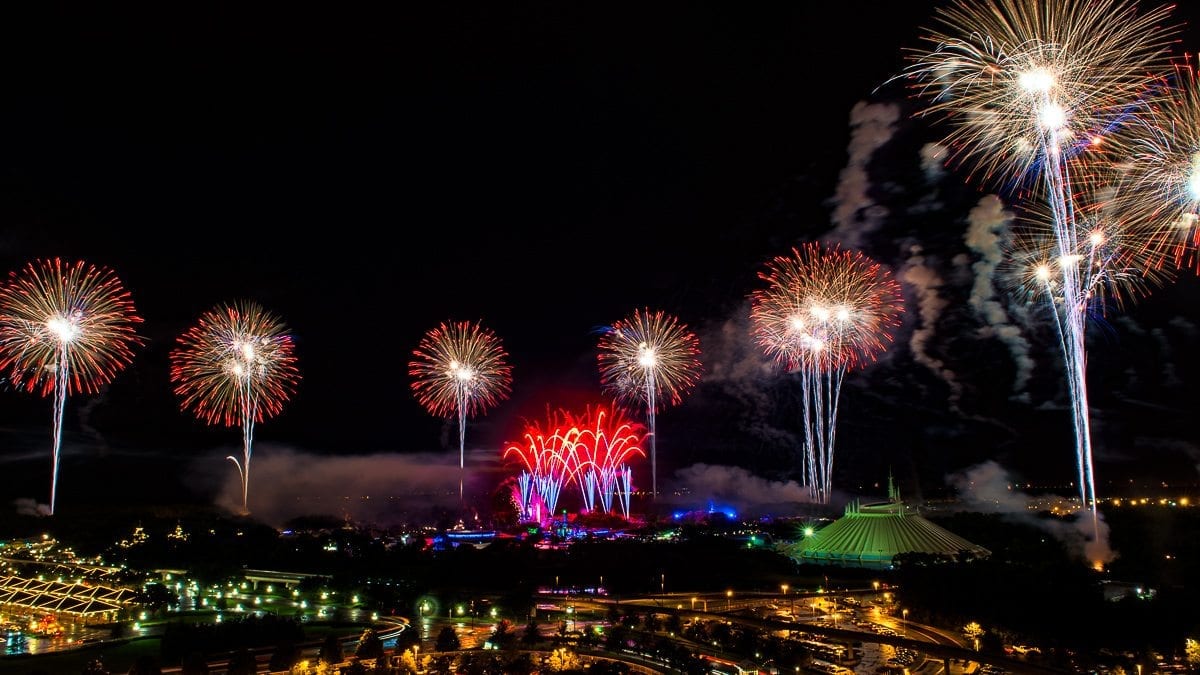
Hello. Thank you for a lovely article here. I started doing photography about a year ago, so I’m beginner. But I get really frustrated when I approach a landscape scene. I just don’t know how to find a composition that would work. Then I become really harsh to myself, frustration kicks in and I give up. I really don’t know what to do. Any advice?
Hi Anze,
Thank you for the comment. Don’t be too harsh on yourself. We all go through periods of self-flagellation, but don’t let it last.
When I approach a landscape, the first thing I ask is whether I want to feature the sky or the foreground. I’ll use the rule of thirds so one element or the other is dominant. Next, I want to show depth. Something in the foreground, something in the middle, and something in the background. If there is something specific that I want to feature, I’ll go back to either the Rule of Thirds or perhaps Triangles and place the subject on an intersection of lines.
That’s a quick answer and I hope it gives you a place to start.